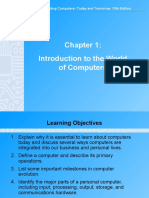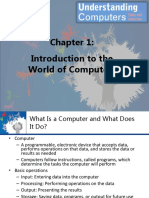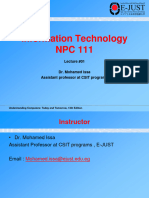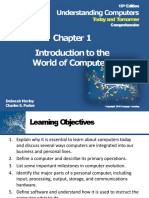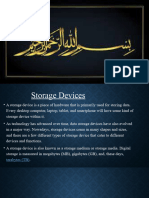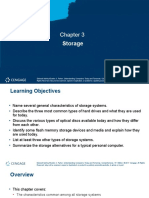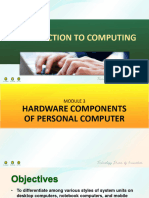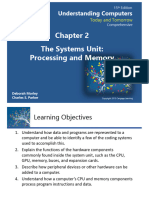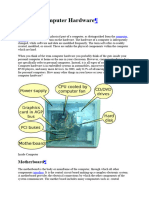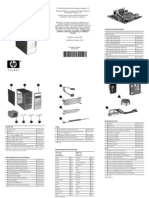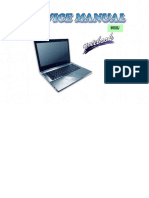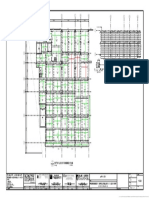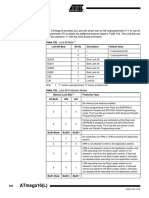0% found this document useful (0 votes)
41 views34 pagesLecture #03
The document discusses computer storage technologies including magnetic hard drives, solid state drives, and flash memory. Magnetic hard drives use spinning disks to store data magnetically while solid state drives have no moving parts and use flash memory. Flash memory is commonly used in devices like memory cards and USB drives due to its small size.
Uploaded by
opeto5657689Copyright
© © All Rights Reserved
We take content rights seriously. If you suspect this is your content, claim it here.
Available Formats
Download as PDF, TXT or read online on Scribd
0% found this document useful (0 votes)
41 views34 pagesLecture #03
The document discusses computer storage technologies including magnetic hard drives, solid state drives, and flash memory. Magnetic hard drives use spinning disks to store data magnetically while solid state drives have no moving parts and use flash memory. Flash memory is commonly used in devices like memory cards and USB drives due to its small size.
Uploaded by
opeto5657689Copyright
© © All Rights Reserved
We take content rights seriously. If you suspect this is your content, claim it here.
Available Formats
Download as PDF, TXT or read online on Scribd
/ 34







